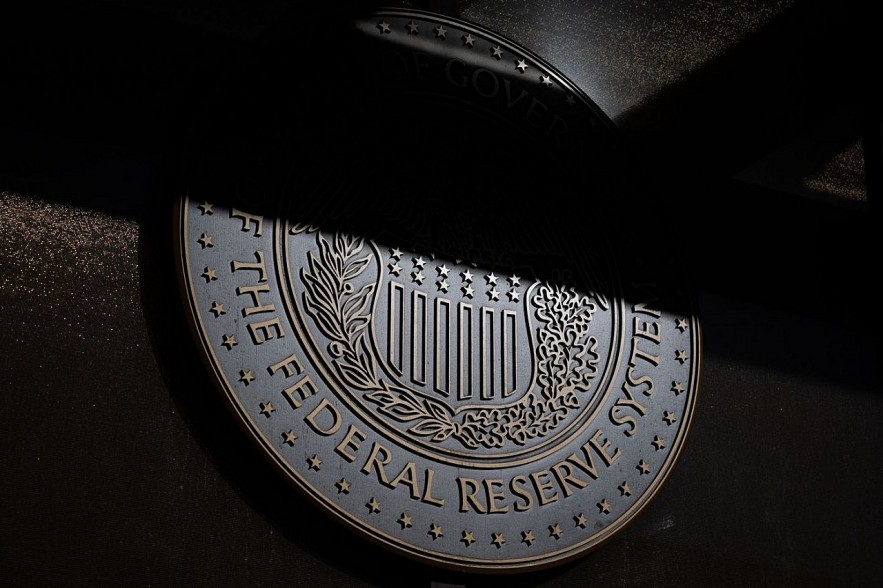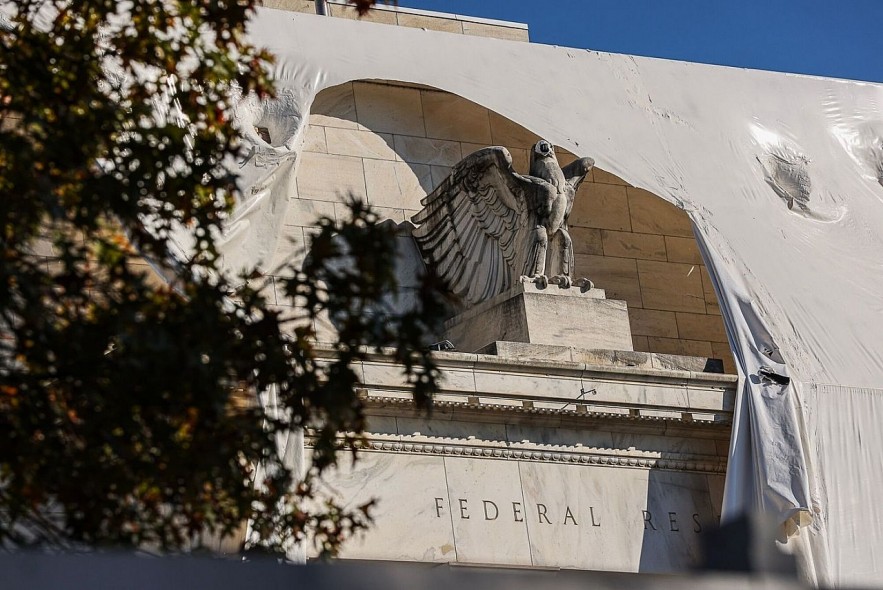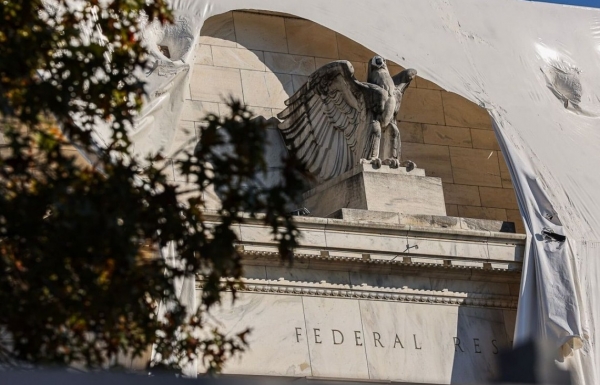(TBTCO) – Twenty months after the US Federal Reserve (FED) began a historic campaign against inflation, investors now believe there is a good chance the US central bank will cut interest rates in just four months. coming, versus raising interest rates again in the near future.
 |
|
Recent economic data has prompted investors to bet the Fed could cut interest rates under a variety of circumstances.. Photo: Graeme Sloan/Bloomberg News |
| Gold prices hit a 6-month high as investors bet on the FED cutting interest rates |
Investors see the opportunity for the FED to cut interest rates in the near future
Last week’s interest rate futures contract showed that there is about a 60% chance that the Fed will lower interest rates by a quarter of a percentage point at its May 2024 policy meeting, up from 29% at the end of October, according to data. data from CME Group. The same data pointed to four cuts by the end of next year.
Investors, hammered by the Fed’s efforts to slow the economy, have responded by driving the S&P 500 index up nearly 9% this month. That’s while the forecasts reflect different possible paths for the economy, not all of them are favorable for stocks.
One place where expectations of rate cuts are emerging is in the bond market, where yields on long-term bonds have fallen much more than short-term bonds. Bond yields largely reflect expectations that short-term interest rates set by the Fed will be more balanced over the life of the bond. As a result, such a move is often seen as a warning of an impending recession, with investors expecting the Fed will need to cut interest rates to stimulate growth.
| Investor hopes: inflation falls back to Fed’s 2% target, growth remains steady, but Fed nonetheless cuts interest rates modestly as insurance against slowdown unnecessary. |
The stock’s rally this month signals many investors are predicting a softer outcome. Their hopes: inflation falls back to the Fed’s 2% target, growth remains steady, but the Fed cuts interest rates modestly anyway as insurance against an unnecessary slowdown. set.
However, there is evidence that traders are betting on both economic scenarios. Investors celebrated this month’s round of inflation reports, which showed prices have actually decelerated. But, there has also been a string of more worrying data, including weaker-than-expected surveys from purchasing managers and a rise in the unemployment rate.
“People are talking about a split between the Fed doing nothing next year and the Fed cutting aggressively next year,” said Rob Waldner, chief fixed income strategist at Invesco. Waldner is among those who believe the threat of a recession has increased, but he said the base case remains for the Fed to cut interest rates as insurance without triggering a recession.
FED can choose from many Plans for cutting interest rates
Investors warn there is still a chance the Fed will not cut interest rates in 2024, potentially pushing bond yields higher again. The US economy over the past few years has proven resilient and the Fed has repeatedly raised interest rates higher than investors expected.
Even if inflation continues to moderate, the Fed will be less likely to cut interest rates when the economy is performing well, said Thanos Bardas, co-head of global investment-grade fixed income at Neuberger Berman. than. There are signs that consumers and businesses “have adapted to the higher interest rate regime,” he said.
 |
|
Although there is a lot of hope, some experts say there is still a possibility that the FED will not cut interest rates in 2024. Photo: Valerie Plesch/Bloomberg |
The recent rise in the stock market marks a turnaround from three months ago, when long-term bond yields edged higher, bets on interest rate cuts were scaled back and stocks in general decreased, while data showed strong economic growth.
There are reasons why stocks could surge as economic growth slows and even as the likelihood of a moderate recession increases, investors say.
All else equal, lower long-term Treasury yields could boost stocks by reducing the incentive for investors to convert their money into bonds. Investors also fear the 10-year Treasury yield approaching 5% could trigger a recession by pushing up borrowing costs for businesses and consumers, even if those concerns don’t materialize. appears in bond yields.
| This month’s “rally” in the bond market, which has pulled 10-year bond yields below 4.5%, began on November 1, when the US Treasury Department increased the scale of auctions for bond sales. long-term bonds were less than most investors expected. That strengthens the case that yields have risen more than is justified by economic fundamentals, making the scale-back especially welcome. |
Adding to those concerns, many worry yields are being driven higher by a surge in new bonds needed to fund a growing federal budget deficit, not just by a slowing economy. strong and bet on higher interest rates for longer periods of time.
Fed officials have consistently said they are not willing to discuss cutting interest rates at this time, but, the Fed has also signaled that it expects interest rate cuts, even absent a recession, once they are on their own. believe inflation will reach the target. In the Fed’s final forecast in September, average interest rates were expected to end next year a half percentage point lower than at the start of the year, or a quarter of a percentage point lower than now.
“The time will come at some point, and I’m not saying when, that it is appropriate to taper,” Fed Chairman Jerome Powell said in September.
Investors’ new positioning on interest rates reflects factors other than their fundamental forecasts. Many think the Fed will probably cut interest rates by less than 1 percentage point next year, but they’re still betting because they see a reasonable chance of an even bigger cut.
In previous recessions, the Fed typically cut interest rates by about 3 to 4 percentage points in a year, said Sonu Varghese, global macro strategist at Carson Group, a financial consulting firm.
As a result, the expectation that the Fed will cut interest rates by 1 percentage point can be interpreted as investors believing there is a 25% to 33% chance of recession in 2024. However, when taking into account By placing expectations on the Fed to cut interest rates modestly as an insurance measure, the likelihood of a recession would be considered lower, perhaps around 20%, Varghese said./.
